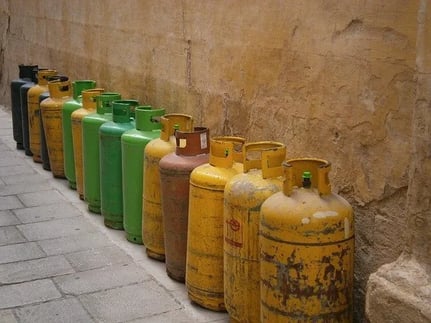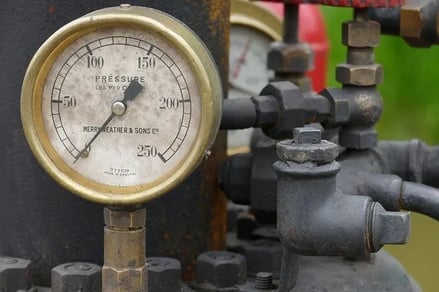Safe Use Of Compressed Gases
I must confess I haven’t always followed the rules when it comes to compressed gases and by no means am I advocating this sort of behaviour! My first experience of compressed gases came in the shape of helium. What child is not fascinated by bright balloons seemingly floating in the air? Well that’s the magic of helium. Of course the wonder continues with the realisation that helium will also give you the power to alter you voice and have hours of fun giggling in a mouse-like squeaking voice. My second experience was the discovery of the gas taps at secondary school. A compressed gas with the power to lighten up a Bunsen burner with a multitude of dazzling coloured flames providing a lot of fun and perhaps not always the safest science experiments! With the daring and somewhat careless attitude of childhood behind me I’m now far more aware of the need to work safely with compressed gases.

If your company are using compressed gases for gas welding and allied processes such as brazing, ‘burning’, descaling, flame cleaning and gouging then ignore the 12 year old version of me who explored the helium and school gas taps with awe and take note of the following safety tips.
1. Everyone should be trained if using compressed gases to enable them to carry out the job safe.
2. Treat every cylinder as being full and handle carefully.
3. Keep cylinders away from the sun, artificial heat, flammable materials, corrosive chemicals and fumes.
4. Avoid damage to valves and fittings. Don’t use them for lifting or carrying.
5. When using mixed gases (such as welding), flashback arrestors must be fitted.
6. Don’t smoke when using compressed gases.
7. Don’t use cylinders as rollers for moving equipment.
8. If gas cylinders are being heated in a fire, call the emergency services and evacuate the area.
9. Regularly inspect the hose, cylinder and valves-always before use. Signs of damage include dents, bulges, evidence of fire damage (scorch marks) and severe grinding marks, etc.
10. Open cylinder valves slowly and close sufficiently to shut off gas-never use force.
11. If gloves are warn ensure they are free from oil and grease.
12. Keep gas hoses clear of traffic to avoid damage.
13. Know what to do in an emergency.
14. Ensure there is a fire extinguisher always available for hot work but only try to fight secondary fires.
15. If there’s a hot-work permit/procedure, follow it.
16. Use in a vertical position unless designed to be used otherwise.
17. Securely restrain cylinders to prevent them falling over.
18. Before connecting a gas cylinder to equipment or pipework make sure that the regulator and pipework are suitable for the type of gas and pressure being used.
19. Always lift cylinders from trucks, don’t drop or slide them. Gas cylinders should not be raised or lowered on the forks of lift trucks unless adequate precautions are taken to prevent them from falling.
20. Transport cylinders in vehicles with good ventilation.

If you’re following these top 20 tips then gold star for you (the 12 year old version of me perhaps wouldn’t have got one of these in those science experiments!) and perhaps even celebrate with a balloon or two, after all you now know exactly how to safely use helium!
Click here for further advice on handling compressed gases.
